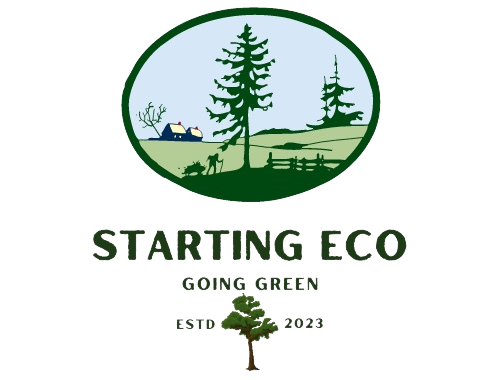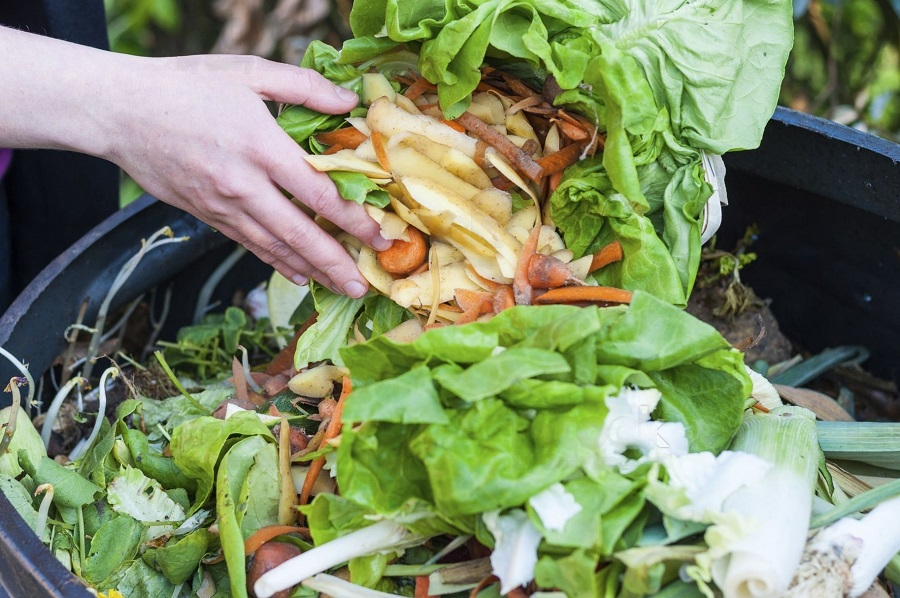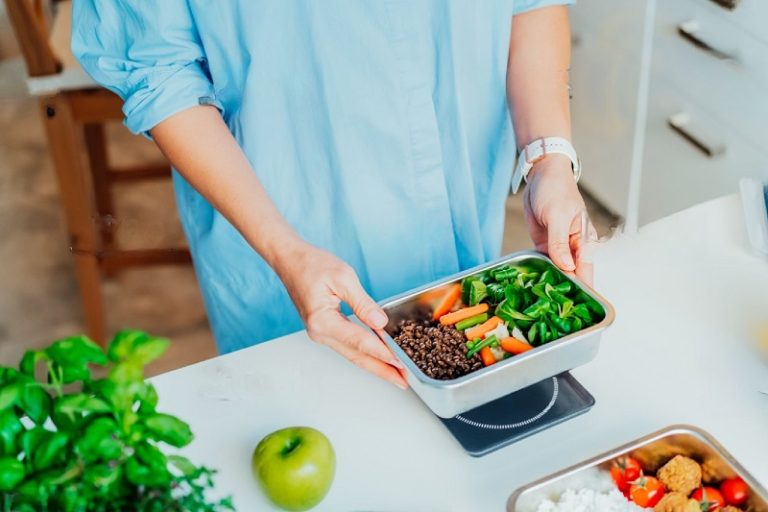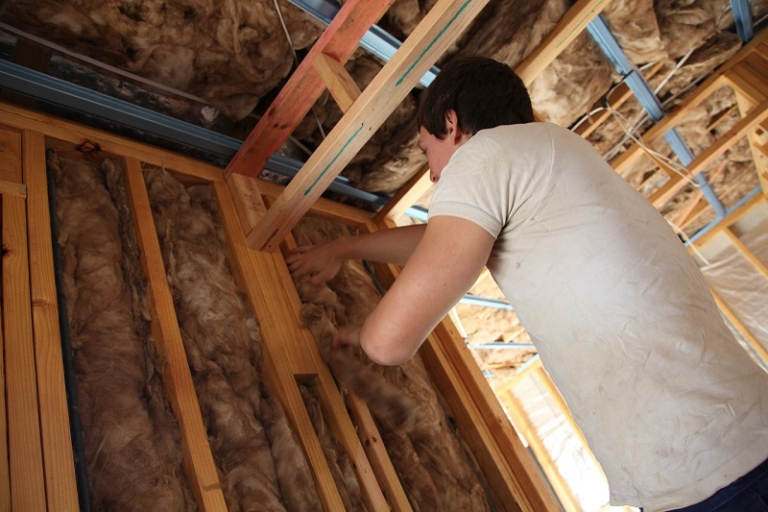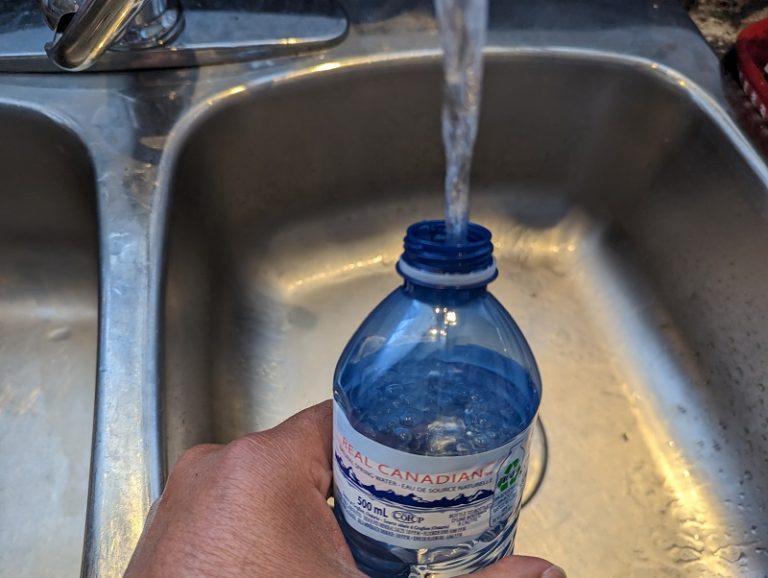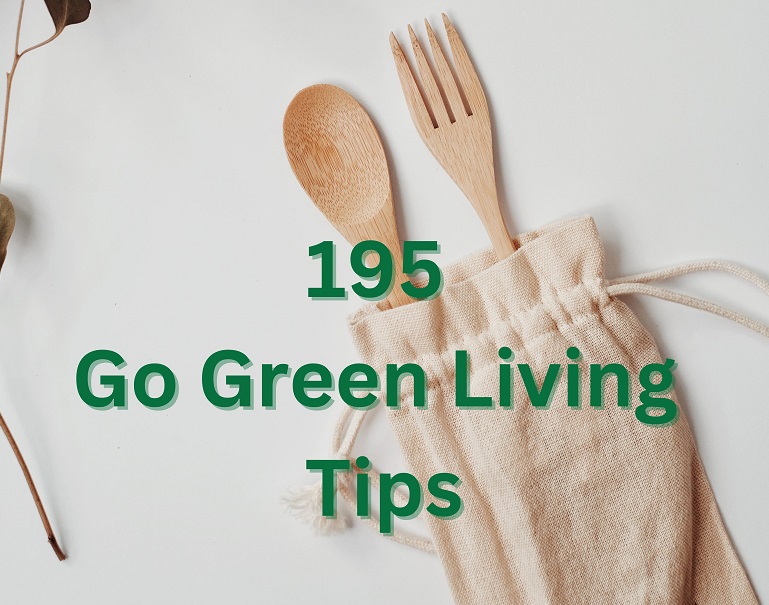How To Start A Compost Pile Step By Step
Composting is a great way to reduce waste and create environmentally friendly, nutrient-rich soil in your own backyard.
It is the process of breaking down organic matter such as lawn clippings, kitchen scraps, and other biodegradable materials into fertilizer that can be used to help plants and gardens flourish.
Composting not only helps reduce the amount of trash going to landfills but can also help you save money on paid garbage removal, gardening supplies, and fertilizers.
All types of plant matter (including leaves, grass clippings, fruit/vegetable peels/rinds, coffee grounds, tea bags, and eggshells) are suitable for composting.
Animal products such as dairy, meat, bones, and fats should be avoided as they can attract pests/rodents or create unpleasant odors.
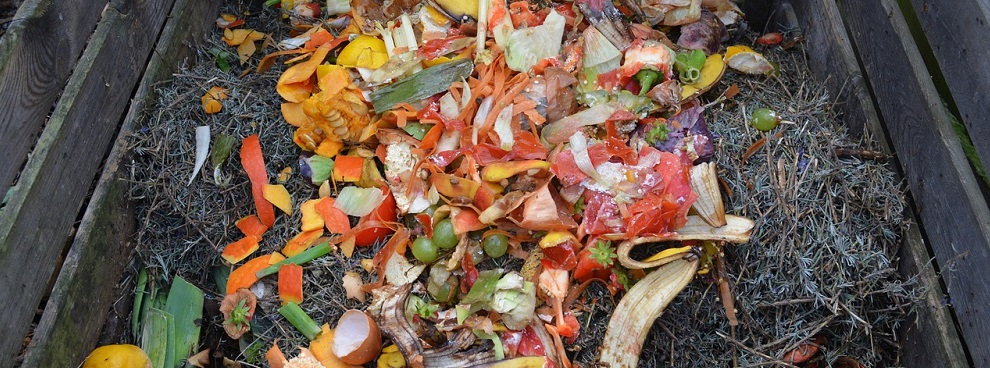
Once you have collected the necessary materials to start your compost pile, it’s time to set up a location for your compost.
The ideal location will be in a dry area that receives plenty of sunlight and is close enough to access quickly but far enough away from your home so it won’t bother anyone with its smell.
You may also want to consider any local regulations regarding compost before starting yours.
To ensure that the process of breaking down organic matter into fertilizer runs smoothly there are a few tips you should follow.
Make sure to turn your compost pile regularly (at least once a week) to provide air circulation and mix the materials for adequate decomposition.
It also helps to keep your compost pile moist, but not too wet as this can produce unpleasant odors.
There are many helpful resources available with more information on how to start and maintain a successful compost pile. Some of these include:
– The US Environmental Protection Agency’s Composting at Home webpage provides an in-depth guide on composting basics, building a bin, maintenance, and troubleshooting.
– The Composting Council provides additional resources to help you become a successful composter including helpful videos, publications, and events.
Whether you are just starting out or have been composting for years, following these steps will ensure that your compost pile remains healthy and efficient.
With the right materials and maintenance practices, you can enjoy the fruits of your labor with homemade fertilizer for your garden!
What is composting and why should you do it
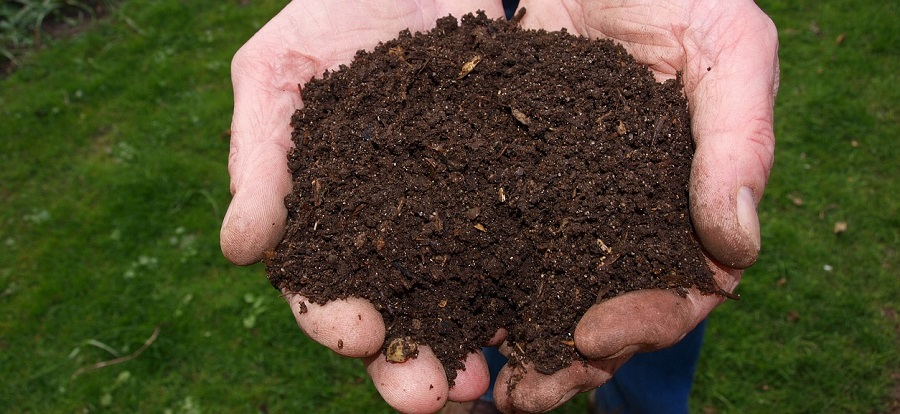
Composting is a process of breaking down organic matter into fertilizer.
By composting, you are diverting food waste and other organic materials from landfills, where they can emit harmful gases like methane.
Composting allows this material to be reused in your garden or other outdoor spaces, providing essential nutrients that help plants grow and thrive.
Additionally, composting can also reduce the use of chemical fertilizers which can be harmful to the environment.
Composting is great for both gardens and lawns as the organic matter in compost helps retain moisture and keep the soil looser while aerating it, which benefits the roots of plants by promoting healthy growth.
It also acts as a natural weed inhibitor and helps restore nutrients back into depleted soils.
Composting can even help with water conservation as it helps water move through the soil instead of running off your yard. This means less water will be needed for watering your outdoor space, saving you money over time while reducing stress on local water resources.
In short, composting is an important part of maintaining a sustainable outdoor space while conserving resources like water and reducing landfill usage.
It’s something everyone should do to ensure their yards stay healthy and beautiful!
What materials can be composted?
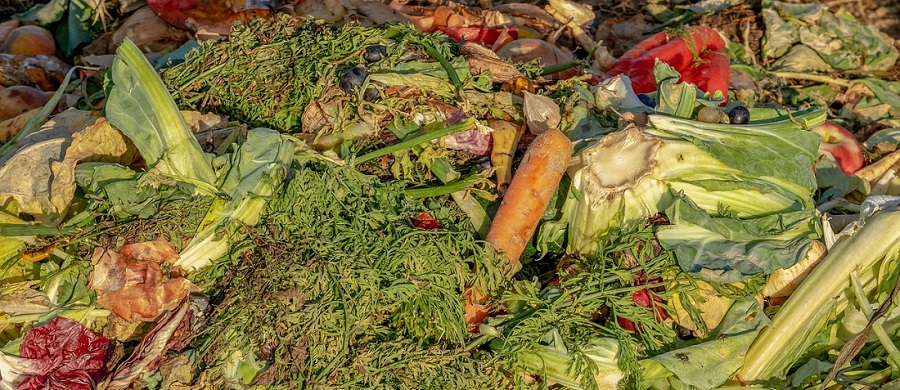
Composting can be done with a variety of materials, including vegetable and fruit scraps, eggshells, coffee grounds, tea bags, grass clippings, leaves, straw, sawdust, wood chips, and even paper.
Other materials like wool and hair may also be added to the compost pile as long as they are kept dry.
Organic matter like food scraps makes up a significant portion of compostable material.
Vegetables and fruits make ideal compost ingredients as they contain essential nutrients for plants.
However, you should avoid adding dairy products or anything that has spoiled or gone bad into the mix since these will also attract rodents and unwanted pests.
On the other hand, adding dry ingredients like leaves and twigs into your compost pile can help aerate the soil while providing extra carbon for organisms to feed on during decomposition.
The presence of nitrogen-rich materials like grass clippings or manure helps balance out the carbon levels in your compost which is essential for proper decomposition to take place.
Finally, if you’re feeling adventurous you can experiment with adding worms to your compost pile!
Worms are great decomposers that eat through organic matter quickly while helping aerate and fertilize your soil too.
How to set up a compost pile
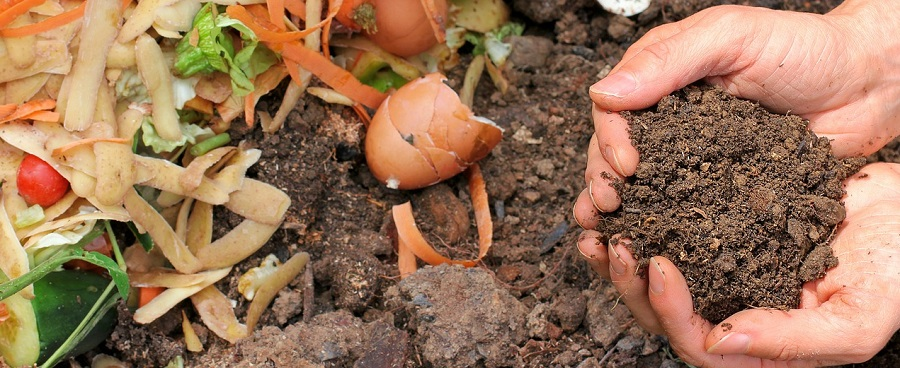
Setting up a compost pile is a simple yet rewarding process. To get started, you’ll need to find the right location for your compost pile.
It should be in a sunny, well-drained spot that’s not too close to your house or other buildings.
You’ll also want to make sure it is out of the way of foot traffic, as this could disturb the composting process and attract pests.
Once you’ve found the perfect spot, you can begin building your compost pile. Start by laying down some twigs and branches at the bottom of the pile, then add a layer of leaves on top of that.
Be sure to shred or break up any large pieces into smaller bits to help speed up the decomposition process.
Next, add several inches of green materials like grass clippings, vegetable scraps, and fruit peels, plus some nitrogen-rich materials such as manure or coffee grounds.
Then, sprinkle some soil over these layers before adding more green materials and nitrogen-rich materials on top and covering them with another layer of soil.
Repeat this layering process until your compost pile is at least 3 feet tall.
To ensure proper decomposition of your compost pile, regular maintenance is necessary. Aerating the pile by turning it every few weeks will help promote air circulation and keep it from becoming anaerobic (without oxygen).
Additionally, you should regularly check for water levels; if it starts drying out too much add some water to keep it moist but not soggy!
Over time your empty compostable bags will transform into dark rich soil which can be used in gardens and flower beds as fertilizer or mulch!
What you need to start composting checklist
1. A location for your compost material
It should be at least 3 feet by 3 feet, and ideally, it should be in a shady spot but not too far away.
2. Composting bins or containers to hold your compost.
This can be anything from a simple wire mesh to a commercial compost bin.
3. Something to cover your compost
This is important to keep the heat in and the moisture out. A tarp or piece of black plastic works well for me.
4. Carbon-rich materials in the compost
These include leaves, straw, sawdust, newspaper, and even cardboard.
5. Nitrogen-rich materials in your compost
These include grass clippings, coffee grounds, vegetable scraps, vegetable peelings and fresh manure.
6. Water for your composting process
The easiest way to tell is the compost should be as moist as a wrung-out sponge.
7. A compost tumbler
A pitchfork or shovel for turning your own compost.
Tips for maintaining your compost pile
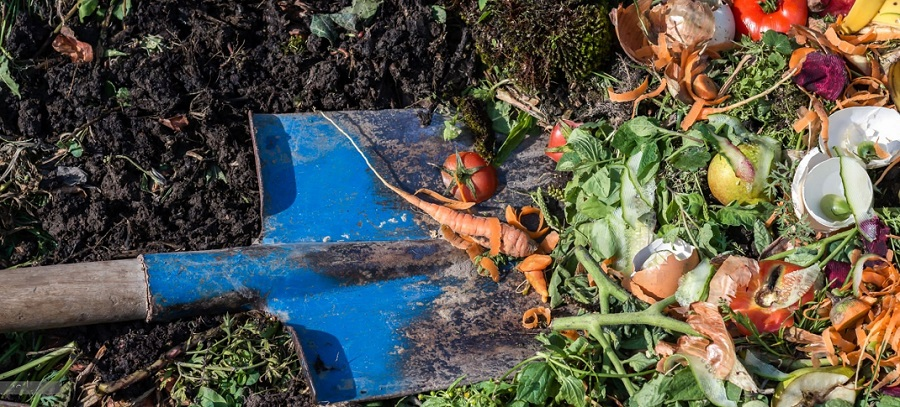
1. Turning your compost pile regularly is essential for aeration and maintaining the microbial balance of your compost.
A pitchfork or shovel can be used to turn the compost, and you should aim to turn it at least once a week.
2. Ensure that there is an equal balance between green and brown materials in your compost.
Green materials are rich in nitrogen, while brown materials are rich in carbon. A good ratio for optimal composting is three parts carbon-rich materials to one part nitrogen-rich materials.
3. Monitor the moisture level of your compost by squeezing a handful of material together.
If it feels damp but not dripping, then you have achieved the right level of moisture for successful decomposition.
If it feels too dry, mist the pile with water until you reach the correct moisture level.
4. Avoid adding meat scraps, dairy products, and oils as these can attract pests like rodents or raccoons to your compost and increase the risk of disease transmission in the finished compost product.
5. Covering your compost pile with burlap or another breathable material will help maintain temperature and moisture levels as well as deter pests from getting into the pile.
Troubleshooting your compost piles
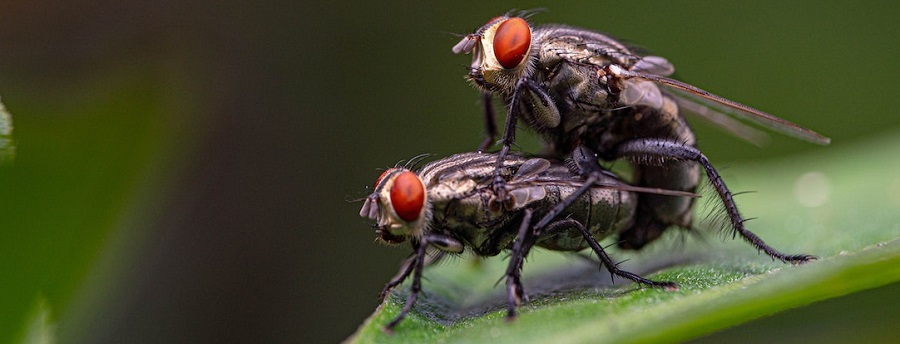
Troubleshooting common issues with compost can help ensure optimal decomposition and nutrient-rich soil.
Here are a few of the most common issues with compost piles, and how to address them.
1. Compost pile is not decomposing properly
This issue could be due to several things, including an imbalance of carbon- versus nitrogen-rich materials, or too much moisture in your compost pile.
Additionally, turning your compost pile regularly ensures proper aeration and microbial balance which can also help this issue.
2. Unpleasant smell coming from the organic waste
If you notice an unpleasant odor coming from your compost pile, it could be a sign that there is too much moisture in the pile.
You can reduce this by adding more brown material such as dead leaves, newspaper, or sawdust.
Additionally, if you’ve added food scraps to your compost pile that hasn’t fully decomposed yet, you may need to give them more time before turning over the entire pile.
3. Foul bugs hanging around the compost pile
Common bug visitors in a community garden or compost pile include fruit flies and beetles.
Both of these usually indicate that there is too much organic material that has not yet been broken down fully or too much moisture in the soil for them to survive.
To fix this issue you can reduce kitchen scraps waste to your compost as well as adding some dry brown matter like straw or dried leaves to absorb extra moisture.
Benefits of having a compost pile in your backyard
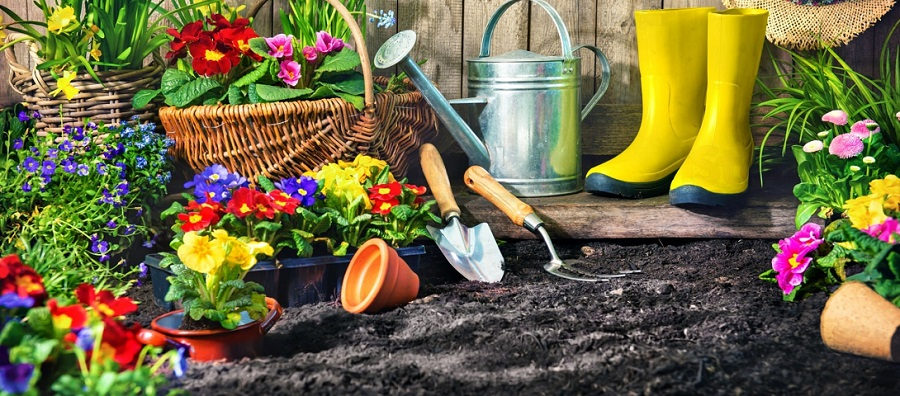
Having a compost pile in your backyard is an excellent way to reduce your environmental impact and create nutrient-rich soil for use in your garden.
Compost piles are ideal for diverting organic waste away from landfills, where it would otherwise produce harmful methane emissions.
In my area, we pay $3 a bag for household waste removal by setting my garbage out at the road. Composting for my garden soil health saves me money.
Additionally, composting fertilizes the soil naturally, improves water retention, and encourages the growth of beneficial microorganisms that can protect plants from diseases.
Compost can be used as a mulch or directly added to soils for increased fertility and improved drainage.
Furthermore, having a compost pile in your yard allows you to recycle food scraps back into the environment without the need for chemical fertilizers or pesticides, resulting in healthier and more sustainable gardens.
